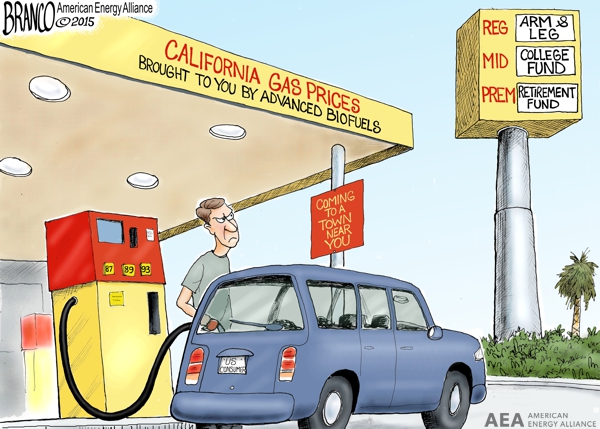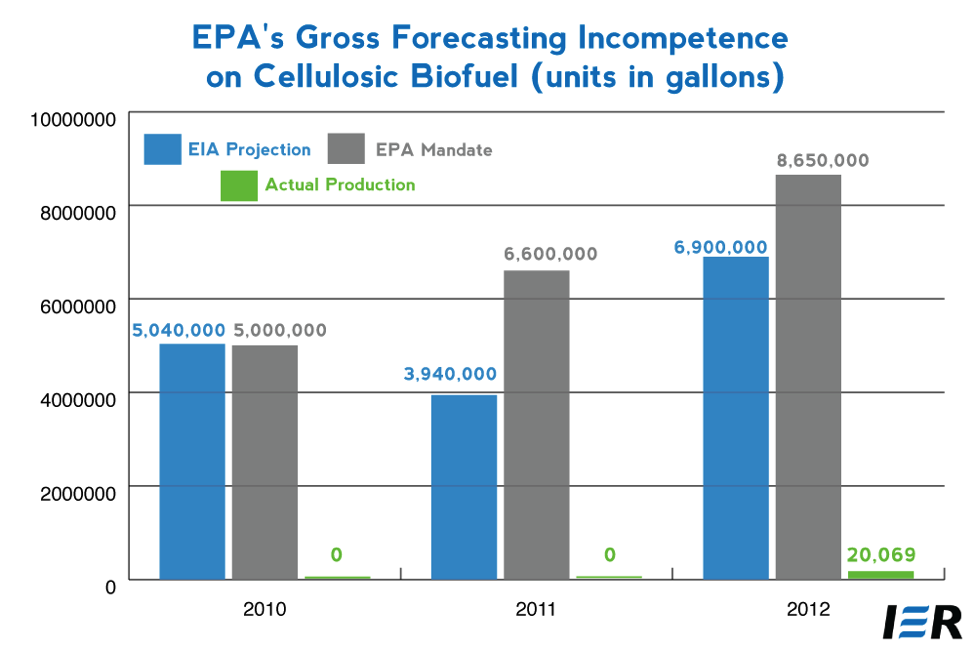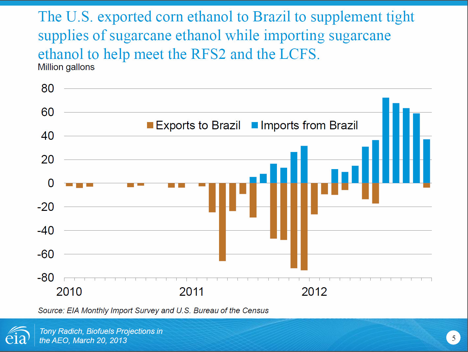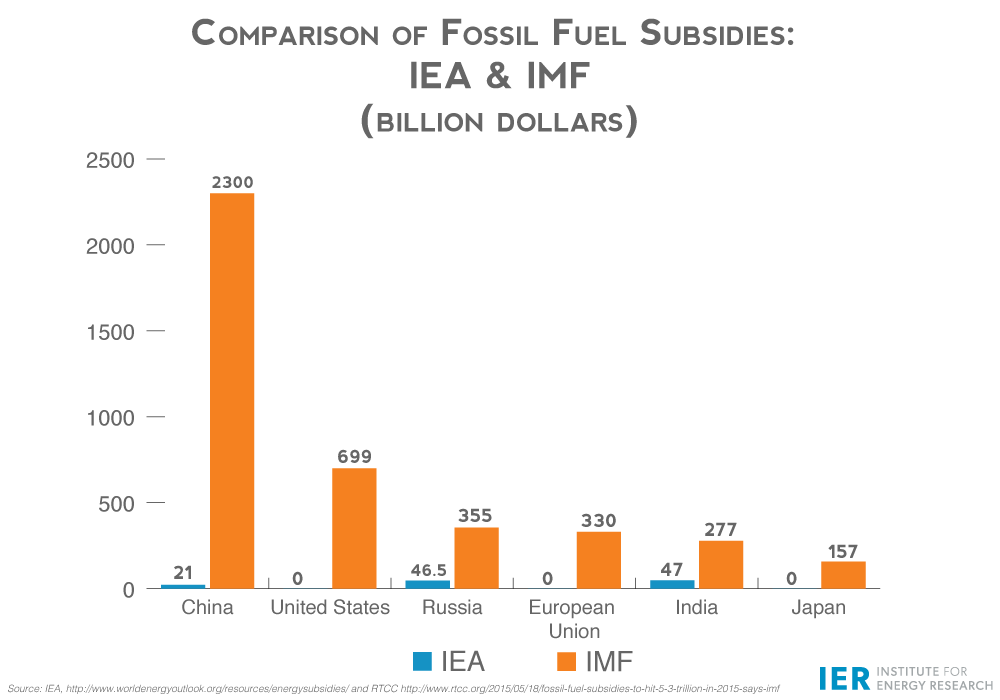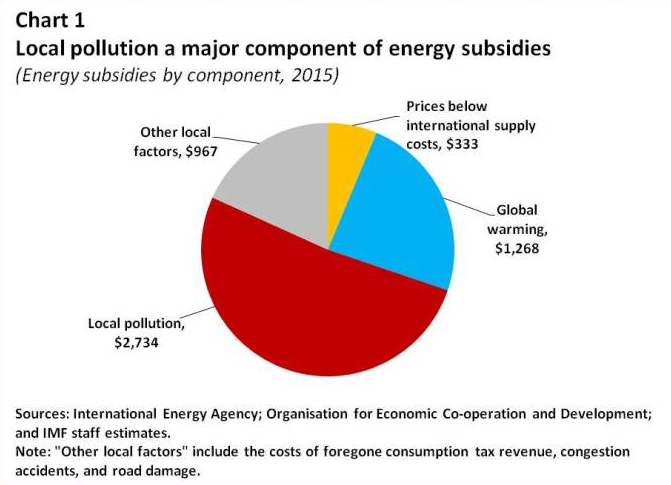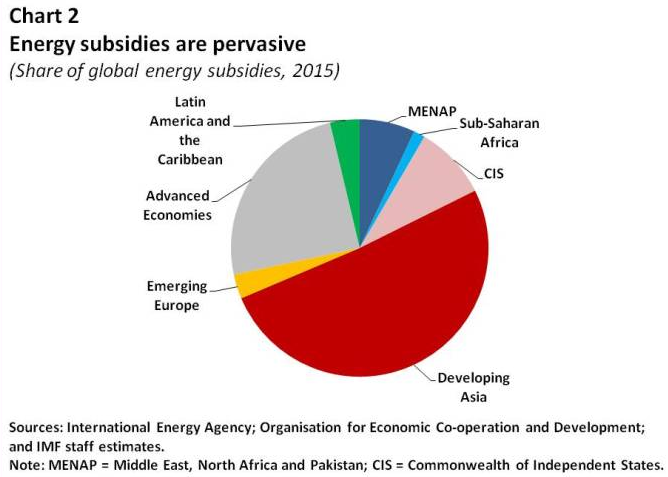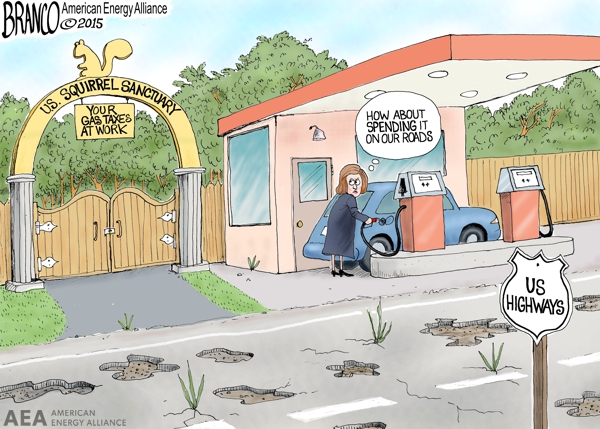Actually, it was for Cellulosic Ethanol, but those Projections are Equally Unrealistic
WASHINGTON — American Energy Alliance President Thomas Pyle issued the following statement on EPA’s proposed volume requirements for the 2014, 2015, and 2016 Renewable Fuel Standard:
“Once again, EPA has deluded itself into thinking it can simply mandate the commercial cellulosic biofuel industry out of thin air. EPA’s unrealistic projections for cellulosic biofuel underscore the incompetence of federal bureaucrats and the arrogance of Washington politicians who think they know what’s best for the economy and the American people.
“The RFS has been broken from the beginning. It distorts the market, raises gasoline prices, and does nothing to help the environment. Recent efforts by Senators Feinstein and Toomey to repeal only the implied corn mandate will actually make the RFS worse by focusing on cellulosic fuels that are much too expensive to produce. Congress should own up to their mistake and repeal the RFS mandate entirely.”
Click here for 7 reasons why full repeal is the only solution for the RFS.
###

